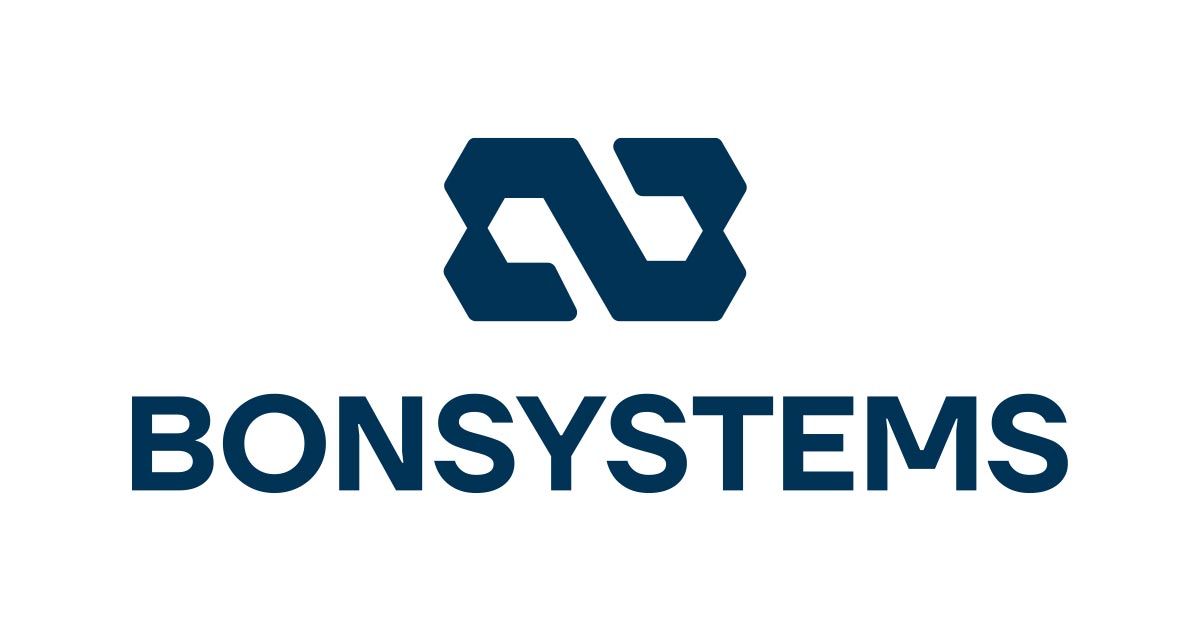When designing gears, there is a common belief that higher precision is always better. Gear backlash, for example, is often reduced as much as possible. However, precision is not always the most important factor in every situation. While smaller backlash generally leads to more accurate motion, it often reduces backdrive performance by making it harder for force from the output side to transfer back to the input. On the other hand, reducers or gear backlash that allow a certain amount of play respond more smoothly to external forces and tend to support backdrive more easily.
Gear ratio also has an influence. The higher the reduction ratio, the harder it becomes for the output shaft to affect the input, and the less likely backdrive will occur. Precision, responsiveness, and backdrive performance are all interconnected. Focusing too much on one can place limitations on the others.
That is why, when designing a product, reducer, or gear system, the goal should not be simply to minimize backlash. Instead, it is essential to consider the environment and purpose of the application first, then establish design criteria accordingly.
This article examines gear backlash and backdrive as essential factors in making balanced design decisions. It explains what they are, how they affect machine performance, and how they should be adjusted based on the actual use case.
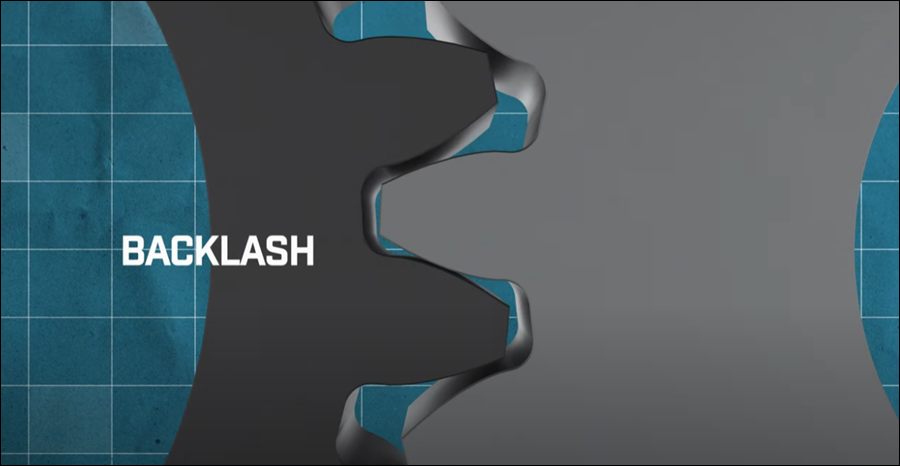
(Soruce: bonsystemsglobal YouTube)
What is Gear Backlash?
Gear backlash is a commonly referenced concept in reducer and gear system design. It refers to the minute clearance or play between gear teeth. While gears may appear to mesh perfectly when transmitting rotational force, there is always a slight gap between the teeth. Because of this gap, when the direction of rotation is reversed, the input may change but the output does not respond immediately—resulting in a brief moment of free movement, or “slip.“
This phenomenon is not limited to external meshing gears. It can also occur within single reducers that use internal and external gear combinations. Backlash, as a structural characteristic, can be a concern in applications requiring high positional accuracy and repeatability. However, it is not always a negative factor. In some systems, backlash actually helps reduce stress on the mechanism and provides mechanical tolerance that allows for smoother operation. We will explore this aspect in more detail in the sections that follow.

What is Backdrive?
Backdrive refers to a phenomenon in which force applied to the output side of a reducer is transmitted back to the input side, causing the machine to move in reverse. Typically, a motor drives the reducer to transmit force. However, when an external force is applied from the output side, it can cause the reducer to rotate the motor instead.
Let’s look at a real-life example. Imagine an elderly person returning home from a hospital visit using a powered wheelchair. Halfway home, the wheelchair suddenly stops—it turns out the battery has run out. A concerned caregiver tries to push the wheelchair manually, but the wheels won’t budge. No matter how hard they push, the chair doesn’t move. Why?
This wheelchair is equipped with a reducer that does not allow backdrive. Its structure is designed to completely block force from transferring back from the output to the input. If the system had a backdrivable reducer, the caregiver would have been able to push the wheelchair by hand and safely move it to a nearby location. In this way, backdrive provides the system with a certain level of flexibility, even when the power is off. It is not just a mechanical feature—it can be a critical safety function in emergency situations.
However, backdrive is not always necessary in every machine. In some cases, it can even pose a danger. For example, in equipment like lifts that need to hold heavy loads in a fixed position, allowing movement from external force could result in accidents. For this reason, backdrive should be either allowed or restricted based on the specific application and design intent.
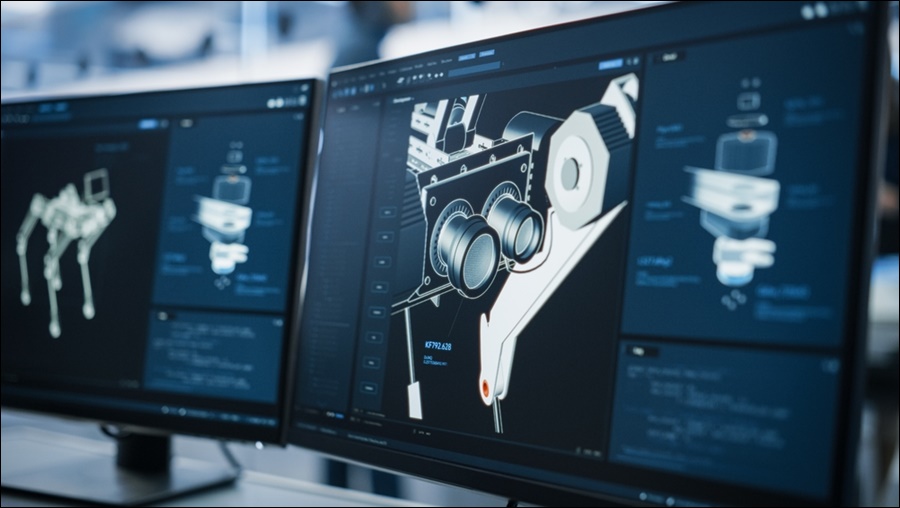
When is Gear Backlash Necessary, and When is Backdrive Useful?
In gear design, the concepts of gear backlash and backdrive are often misunderstood as sources of error or signs of poor engineering. While excessive backlash or uncontrolled backdrive can lead to problems, neither should be considered a flaw by default. As discussed earlier, whether backdrive should be allowed or restricted depends entirely on the intended function of the machine. If backdrive occurs too easily, the system may respond to unintended external forces and move unpredictably. However, if backdrive is completely blocked, users may not be able to manually operate the equipment or respond effectively in emergency situations, which could be dangerous or highly inconvenient.
A clear example of this is found in elevator systems. If an elevator door opens during operation, it poses a serious safety hazard. On the other hand, in the event of a power outage or malfunction, passengers must be able to open the door manually from inside or outside. In this case, a certain degree of backdrive is necessary to ensure safety and usability.
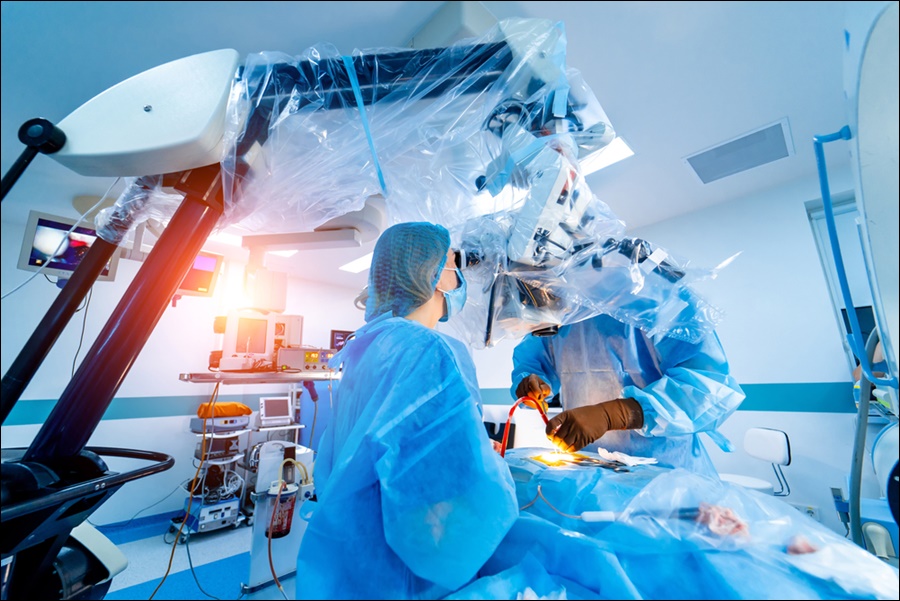
Backlash is no exception. In equipment such as surgical robots or semiconductor manufacturing machines, where ultra-precise position control and repeatability are required, gear backlash must be minimized. The output shaft must stop at an exact location, and even the slightest mechanical play can significantly affect the system’s overall accuracy. However, not all machines require this level of precision.
For example, autonomous mobile robots (AMRs) or automated guided vehicles (AGVs) that carry heavy loads prioritize strong torque transmission, structural durability, and the ability to maintain consistent travel speed. These robots repeatedly perform acceleration, deceleration, and turning motions while under heavy load, vibration, and speed variation. In such cases, long-term stable operation requires a robust mechanical structure, high load capacity, and a reliable power transmission system that can handle changes in speed. Therefore, durability, torque efficiency, and stable speed control take precedence over positional precision in their design.
In this way, backlash and backdrive should not be treated as problems to eliminate unconditionally. Instead, they are operational characteristics that must be adjusted appropriately based on the environment and intended use of the machine. Designers should evaluate both factors in terms of usability and treat them as part of the functional design strategy.
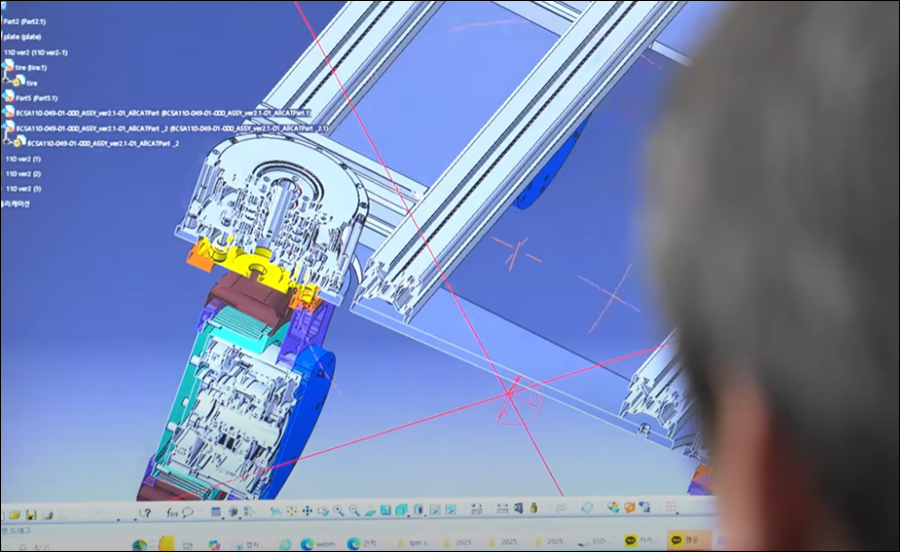
Where Should Gear and Reducer Design Begin?
So how should the performance standards for backlash and backdrive be defined when designing a reducer or actuator? The answer lies in a clear understanding of the product’s intended purpose, operating environment, required functions, and performance goals.
For example, a cooking robot used in a fried chicken restaurant does not require high-precision positioning or high output torque. As long as it performs repetitive motions reliably and maintains basic stability, a certain level of backlash or backdrive is acceptable without causing any issues.
In contrast, collaborative robots that operate alongside humans in industrial settings demand much more. These robots must deliver human-like force, stop accurately at designated positions during tasks, and operate continuously over long periods without compromising durability. In such cases, torque, durability, and precision all need to be addressed with a clear and balanced design standard.
When determining the specifications of a motion system, it is essential to first define the machine’s purpose and understand what level of performance is required in its operating environment. Based on these criteria, designers can make informed decisions about reducer or actuator structure, gear ratio, housing rigidity, brake mechanisms, and adjust characteristics like backlash and backdrive accordingly. This is not just a matter of choosing components. It is a strategic design approach that directly impacts the movement, reliability, and user experience of the entire machine system. A well-established standard at the beginning leads to a more stable performance and enables a system that is truly optimized for its application.
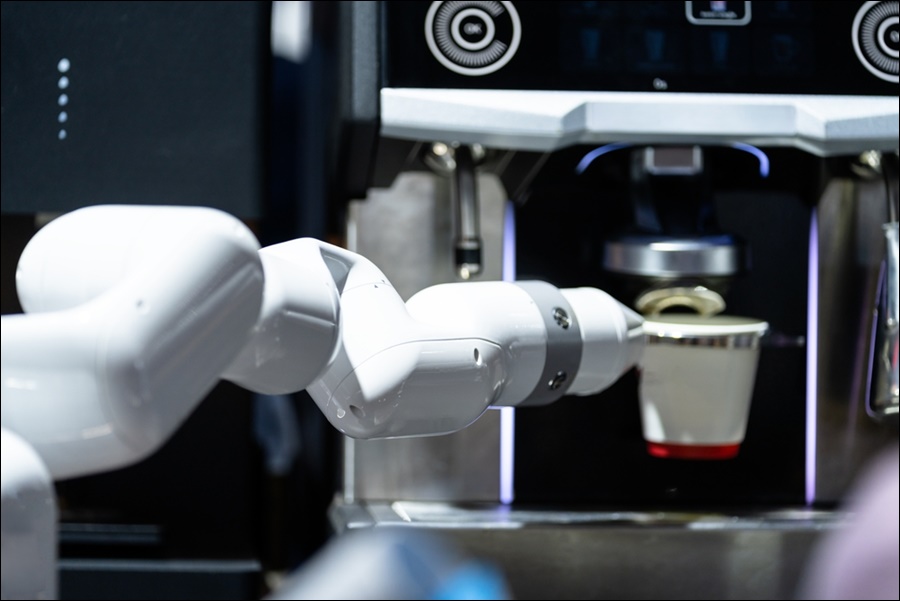
We Design Technology, Not Just Products
BonSystems is not a company that simply manufactures and sells reducers and actuators. We work as a technical partner, collaborating with our clients from the beginning to understand their goals and design solutions that meet their specific functional needs. Our actuators and reducers are compact, deliver strong torque, and offer flexible design options. However, our true strength lies not in the products themselves. What matters most is understanding when, where, and how the product will be used, and tailoring each solution accordingly.
For example, some customers need to fit components into narrow spaces. Others require consistent performance over long periods of operation. We do not just accept those requests as they are. We ask why such performance is needed and what problems the customer is trying to solve. This approach is why our custom service goes beyond simply delivering hardware.
We help define the required functions and conditions, then guide the design process in a direction that matches the client’s purpose. This is what makes BonSystems different from other companies and why customers continue to trust us.
The reasons for needing a reducer or actuator can vary greatly. Some projects are limited by tight space constraints, while others prioritize durability and reliable performance under continuous operation. That is why we always start by asking a few key questions:
“What kind of environment will this product be used in?”
“What kind of motion will it need to repeat?”
“What problem are you trying to solve?“
These are the questions that guide the beginning of our reducer and gear design process. More than drawings or specifications, our work starts with a deep understanding of the customer’s goal. From there, we define the most suitable drive mechanism and structural configuration together. This is the essence of the technical service we offer.
BonSystems does not simply sell products. We design technology with our customers. To request a quote or discuss your project, please contact us through the BonSystems website.
※ Recommended reading: Cycloidal Actuator Integrated with a Frameless Motor
